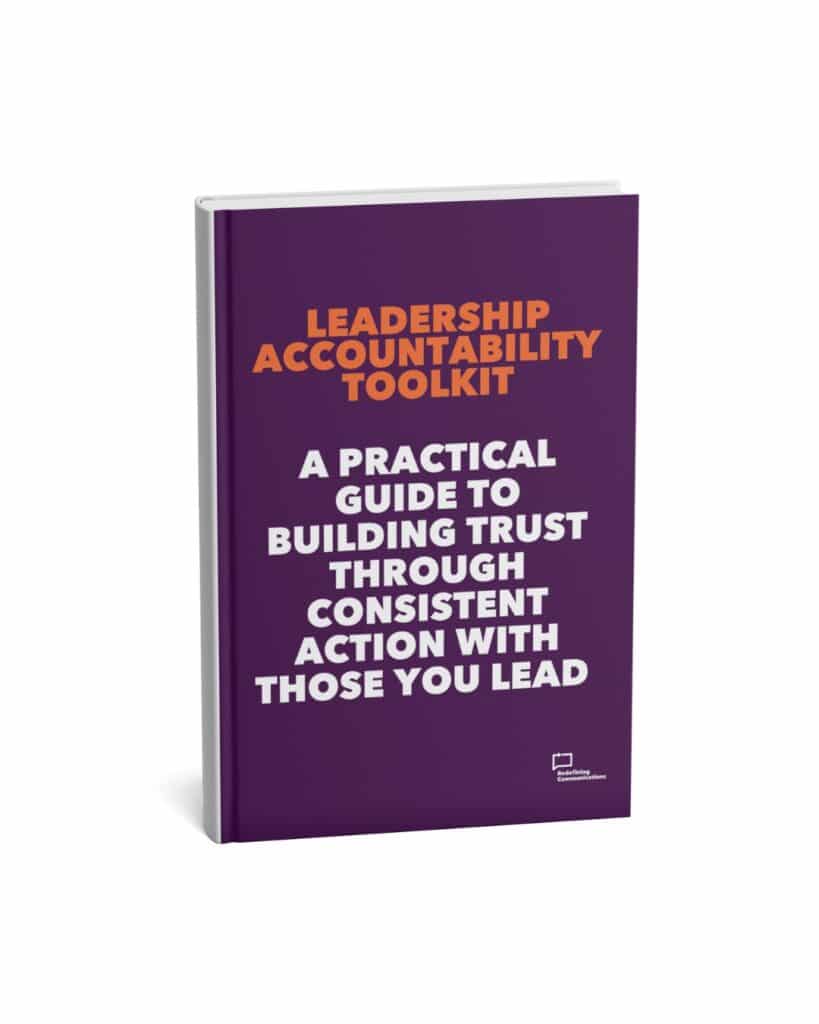When I was asked this as part of our Reality Check research into the issues affecting organisations, this question made me chuckle!
To answer, we need to look at each side of this question separately. Ensuring people pay attention is all about cutting through the noise, while adherence to rules or processes is about behavioural change.
Winning the battle for attention
In terms of getting people to pay attention, we must make sure that the content we create is relevant and accessible to them. This relevance probably needs to be quite granular; depending on your audience and your stakeholders. It’s got to be very relevant and tailored for that person.
There are ways we can do that with content by changing the language to help people see how it’s relevant to them. If you focus on the message first, you can then work out all the different ways you can communicate that and what different stakeholder groups need to know. Mapping the content to the group will help you make sure you’re getting it relevant for them.
Removing friction
When it comes to people following the rules, it does depend on what this means in each organisation. I think there is something here around exploring how you can remove friction. When I was looking at habits, habit forming and reading a bit more about this, there’s quite a lot of research about removing the friction to enable action.
Using an example from a non-work setting, if I want to go to the gym every morning or go for a walk every morning, I can put my gym clothes out at the end of my bed and that means that I can get up, put my gym clothes on and go for a walk or to the gym. I’ve taken away any kind of friction point that might involve rummaging around in the drawer to get clothes in the dark or the irritation of having to do that extra step in the process. It means I’m able to seamlessly get into a habit.
For me, there’s something in this that’s similar to following the rules. If there is a way for me to not follow the rules, if it’s difficult for me to follow the rules, then I’m not going to do it!
In the work that I’ve done with clients where I’ve gone in and they’ve said, “we’ve got a process, but people don’t follow it”, then the process isn’t right. If it was a process that was helpful for people, they would follow it. You’ve always got to work backwards from what’s causing people to not follow the rules. I recommend Atomic Habits by James Clear if you’re interested in delving into the habit topic further.
As part of our Reality Check research into the issues and chaos affecting their organisations and teams, we gave respondents the opportunity to ask us anything. This was a question posed by one of the respondents, which I answered personally. We will be sharing more of these throughout the year. If you have any further questions on this topic please get in touch.








